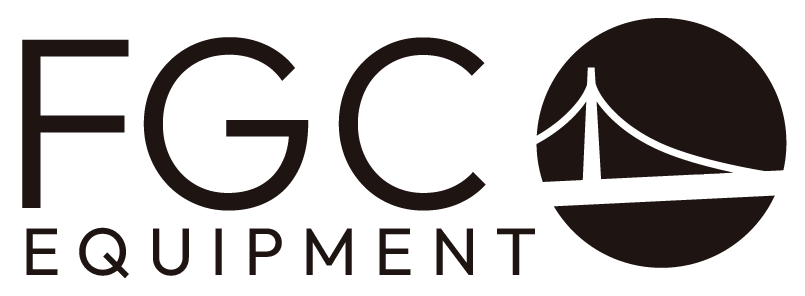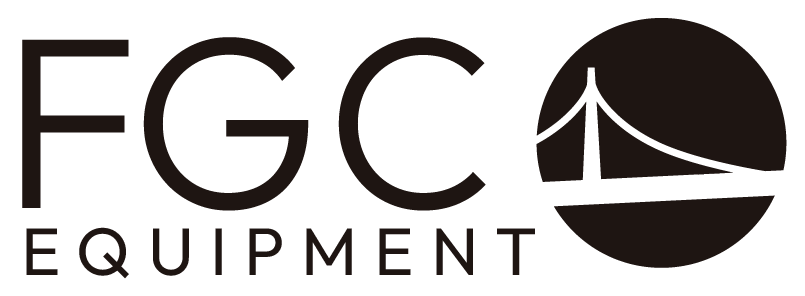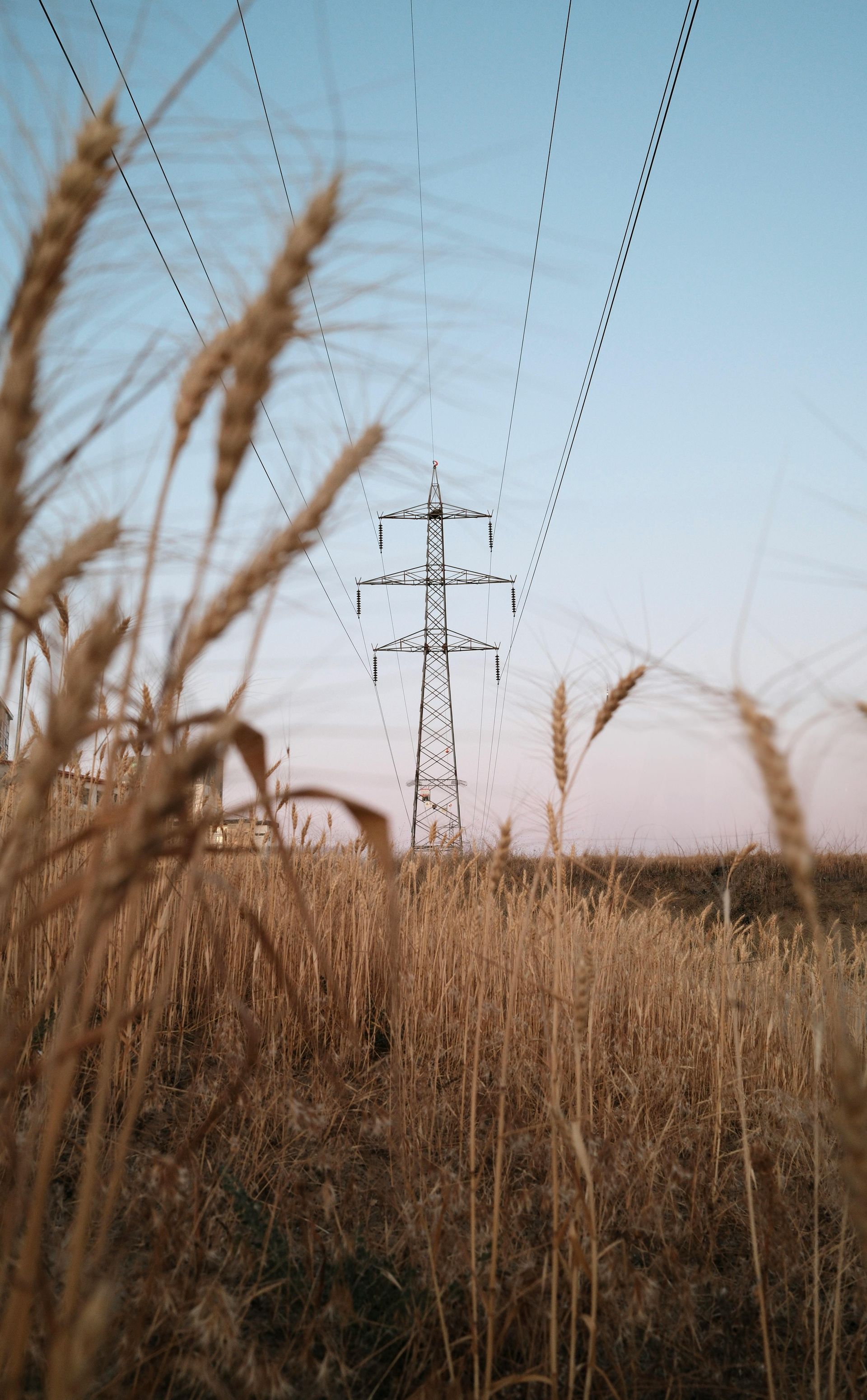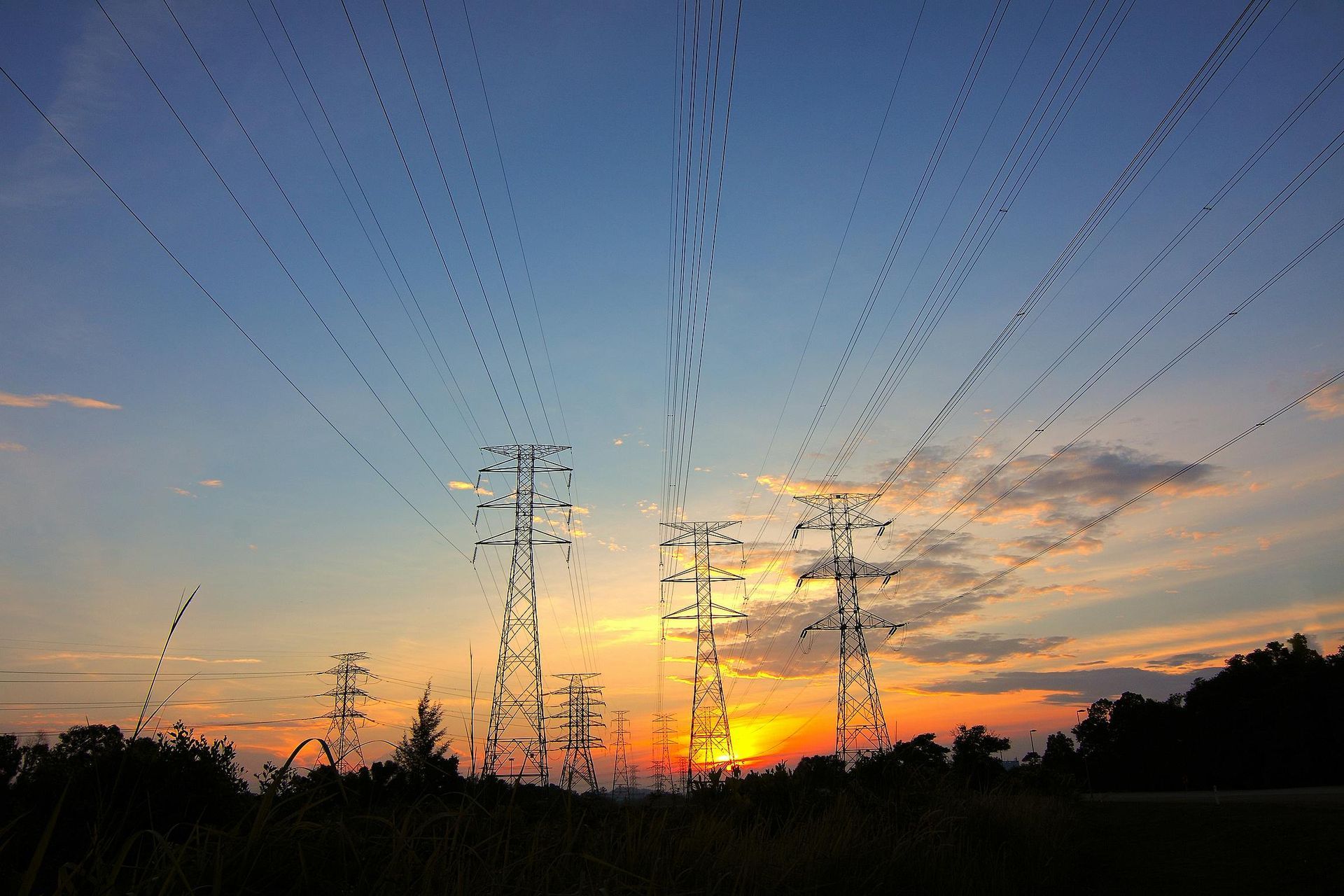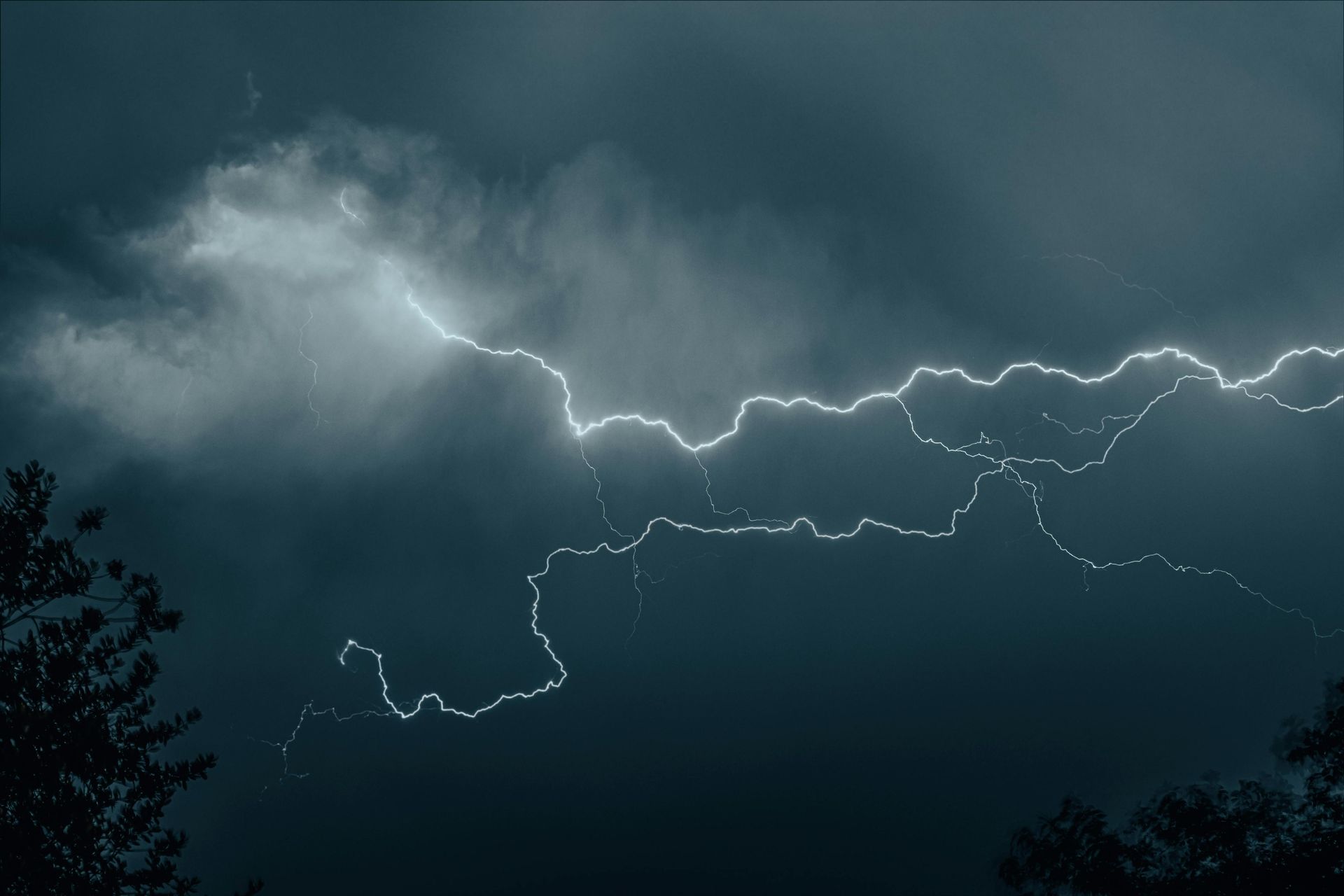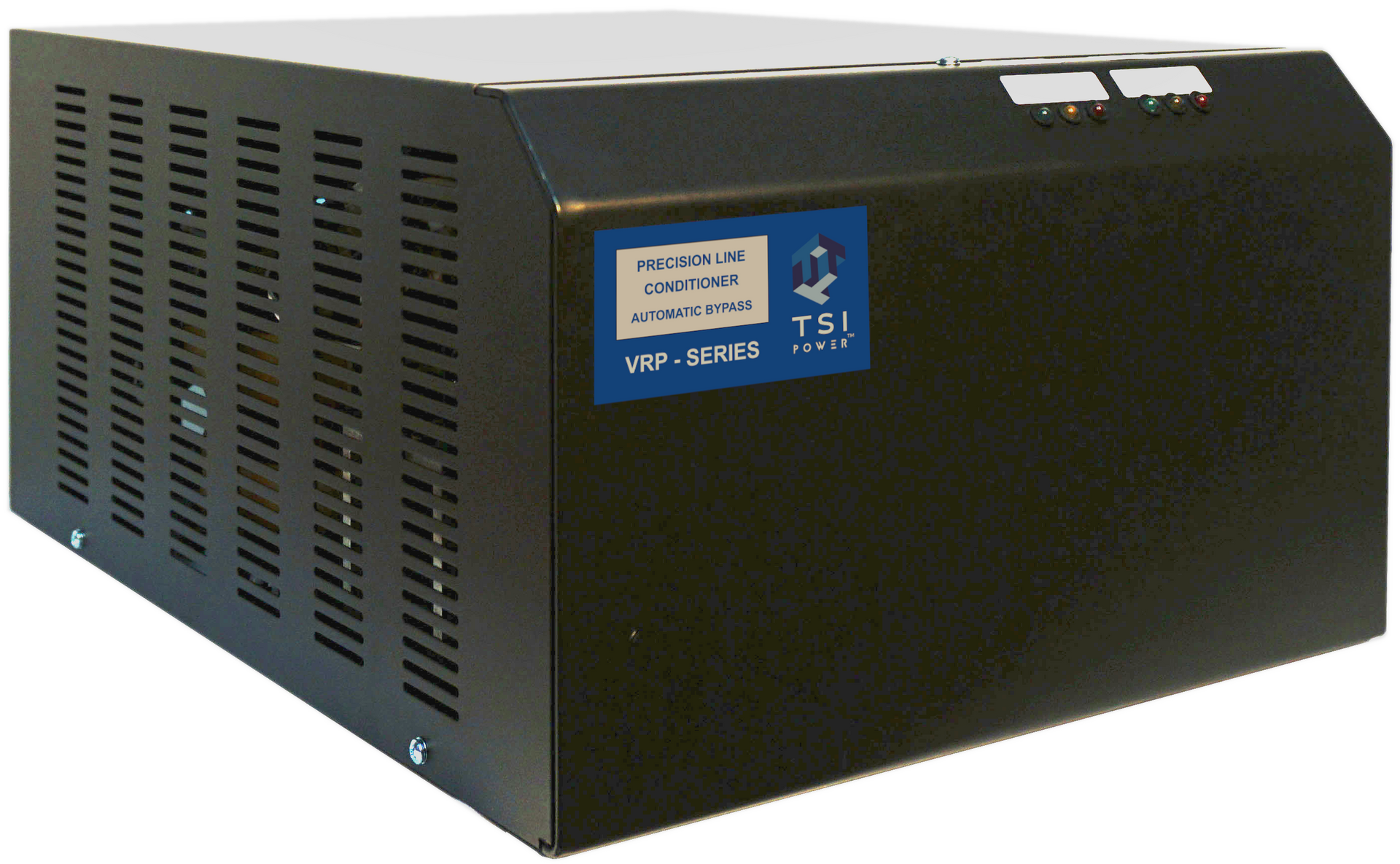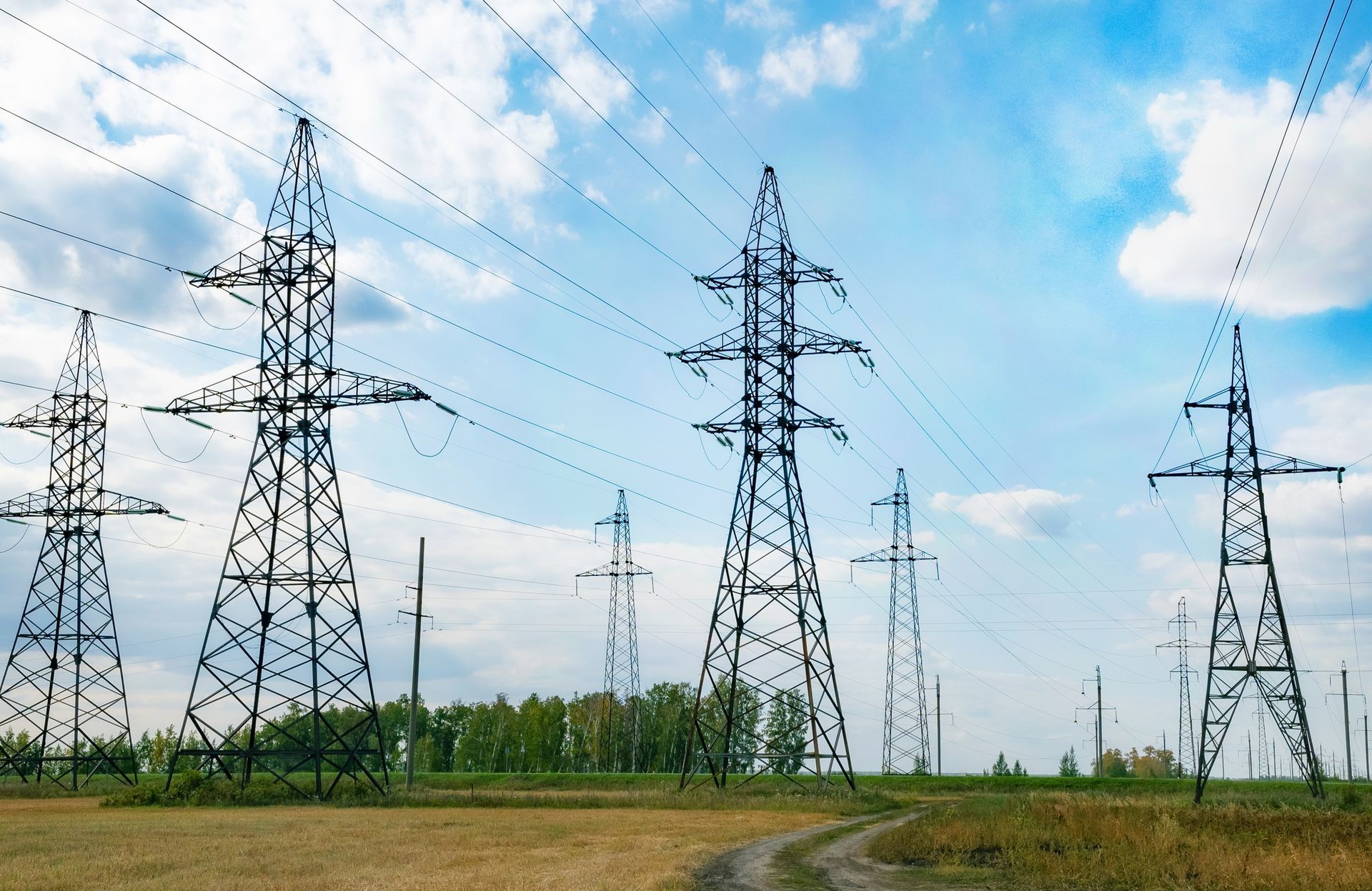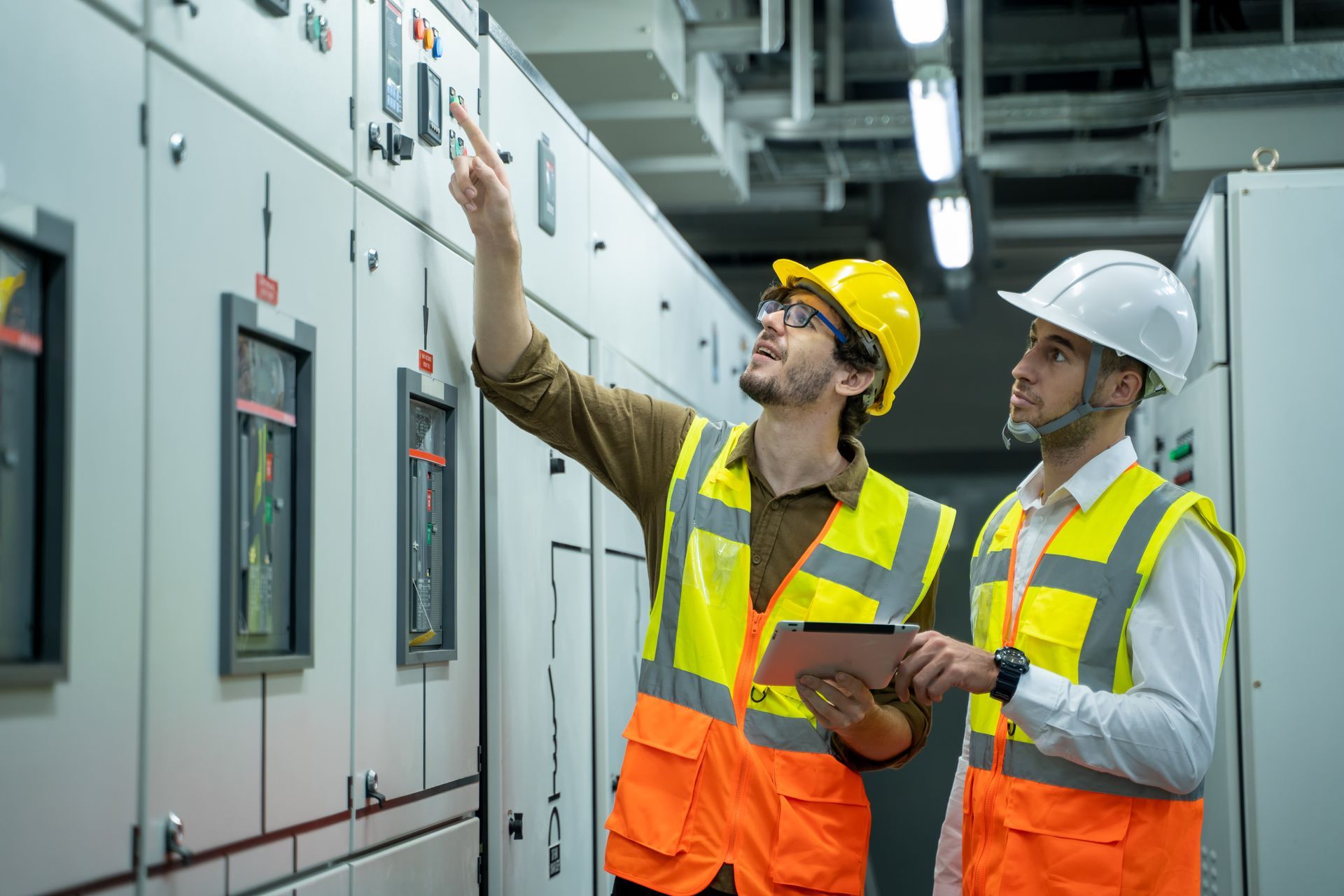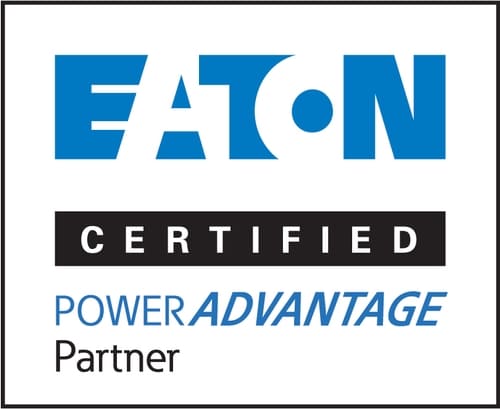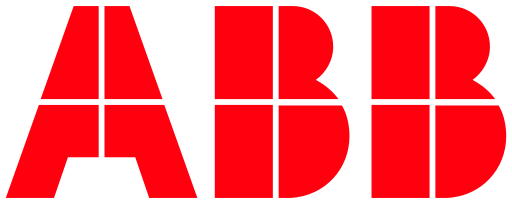Choosing the Right Voltage Regulator for Your Design
3 July 2025
Share this article:
At its core, a voltage regulator is a device designed to maintain a consistent output voltage level to a connected system, regardless of fluctuations in the input voltage or variations in load current.
There are many reasons why voltage irregularities may occur, most of which are beyond your control. Major storms can disrupt local utility grids, and nearby construction projects can cause electrical disturbances at the worst possible moments.
Regardless, without a voltage regulator, many devices in your area would cease to function. At worst, they would require significant maintenance and might even become permanently damaged.
However, not all voltage regulators are created equal. As with any critical infrastructure component, the right approach is to start by evaluating your application’s specific needs, then select the voltage regulation solution that aligns with those requirements. Here’s what you should know.
What are the Different Types of Voltage Regulators?
Linear Voltage Regulators
Linear voltage regulators are straightforward, cost-effective options known for their low noise operation. However, they generally offer lower power efficiency and are limited to stepping down voltage from one level to another. They are often used in applications where minimal electromagnetic interference is crucial but where efficiency is a secondary concern.
Switch Voltage Regulators
Switching regulators provide higher efficiency and greater flexibility. They can step voltage up or down as needed, making them well-suited for industrial applications with varying load demands. While they do produce more electrical noise than linear regulators, their ability to manage more complex voltage requirements makes them invaluable in many high-performance environments.
Common Applications for Voltage Regulators
Voltage regulators are critical components in a wide range of industrial systems, where reliable, consistent power is non-negotiable. Key applications include:
- Industrial control systems, providing stable power to sensors, control circuits, and programmable logic controllers (PLCs).
- Healthcare facilities, ensuring the uninterrupted function of medical imaging equipment and other mission-critical devices.
- Data centers, where voltage stability is essential to maintain server uptime and protect sensitive IT infrastructure.
- Oil and gas operations, protecting complex exploration and refining equipment from damaging voltage fluctuations.
- Manufacturing facilities, supporting high-precision processes such as 3D printing, robotic assembly lines, and semiconductor fabrication.
- Aerospace and defense industries, where the margin for error is minimal, and system reliability is paramount.
In all these environments, voltage regulators prevent even minor power disturbances from escalating into major operational disruptions or costly equipment failures.
What to Consider When Choosing Your Voltage Regulator
Input & Output Requirements
When selecting a voltage regulator, start by evaluating the full range of voltage conditions your facility is likely to encounter. The unit must handle both the maximum and minimum input voltages without compromising stability. Industrial facilities often experience voltage fluctuations caused by grid instability, load switching, or high-demand periods. A robust voltage regulator ensures that even during unpredictable power events, your sensitive equipment receives clean, consistent power. Additionally, the output voltage must align precisely with the requirements of your downstream systems to prevent equipment stress and extend operational life.
Efficiency
High-efficiency voltage regulators not only conserve energy but also contribute to lower total operating costs over time, especially in facilities running multiple high-load systems. This is particularly vital when integrated with battery backup or UPS systems, as an inefficient voltage regulator can accelerate battery depletion and reduce system uptime. Look for voltage regulators with advanced power conversion technologies that minimize energy loss without sacrificing performance.
Load & Line Regulation
Load regulation refers to a voltage regulator’s ability to maintain stable output voltage when the load current changes, while line regulation addresses voltage fluctuations due to variations in the input supply. Both factors are critical in industrial settings where power demands can vary dramatically, such as when large motors or manufacturing equipment cycle on and off. High-quality voltage regulators are designed to compensate rapidly and precisely for these changes, ensuring that delicate control systems, PLCs, and automated equipment remain protected against voltage instability, which could otherwise lead to downtime or costly repairs.
Thermal Management
Effective thermal management is non-negotiable in environments where high currents and long duty cycles are the norm. Voltage regulators generate heat during operation, and without proper heat dissipation mechanisms, such as heat sinks, thermal shutdown features, or active cooling, they can overheat, leading to premature failure. Overheating not only risks damaging the regulator itself but can also impact connected systems. Selecting voltage regulators engineered with industrial-grade thermal protections ensures reliable long-term performance, even under demanding load conditions or in facilities with elevated ambient temperatures.
Dropout Voltage Considerations
Dropout voltage is a critical specification, particularly in scenarios where the input voltage may sag close to the desired output voltage. A regulator with a low dropout voltage maintains steady output even under marginal supply conditions, which is essential in facilities prone to grid sags or where voltage stability is inconsistent. This characteristic helps maintain consistent operational standards, ensuring your systems stay online and protected when the power supply is less than ideal.
Maintenance Requirements
Industrial downtime is costly, and maintenance windows are often narrow. Therefore, it’s crucial to select voltage regulators designed for minimal maintenance and high reliability. Models with modular designs or readily available replacement parts can significantly reduce mean time to repair (MTTR). Additionally, selecting a regulator from a manufacturer known for long lifecycle products and comprehensive support services ensures you have access to critical resources when needed. A well-chosen voltage regulator should integrate seamlessly into your facility’s maintenance schedule, offering protection and reliability without becoming a maintenance burden.
Voltage Correction Has You Covered
At Voltage Correction, we specialize in solving the toughest power quality challenges facing today’s industrial and mission-critical facilities. Our active voltage regulators and correction systems are engineered to provide reliable, consistent power, protecting sensitive equipment from the damaging effects of voltage fluctuations.
We proudly support industries such as 3D printing, oil and gas, mining, healthcare, advanced manufacturing, and critical IT infrastructure. Our expertise ensures that your systems stay operational even when the power grid falters.
If you'd like to learn more about selecting the right voltage regulator for your industrial application, or if you have any specific questions about how voltage correction can safeguard your facility, contact the experts at Voltage Correction today.
Connect with Us:
